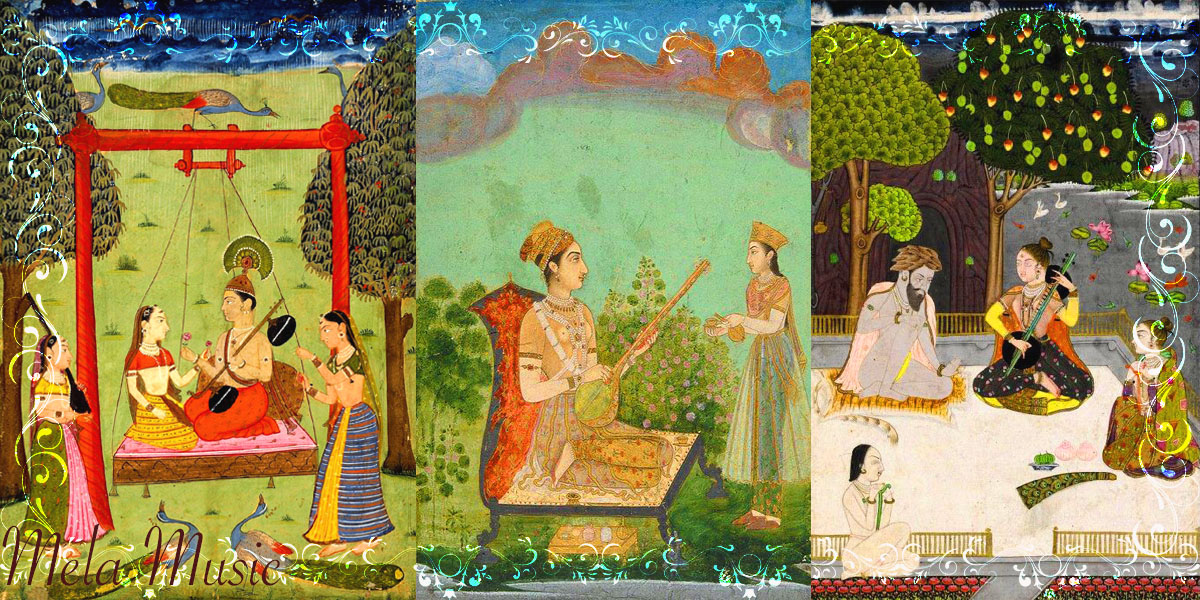
Raga Dhani is a prominent raga in the Hindustani classical music tradition, belonging to the Kafi thaat. It is typically performed during the afternoon hours, from approximately 12 p.m. to 3 p.m., which is known as “Madhya Prahar” in Indian classical music.
This raga is characterized by a tranquil and contemplative mood. It evokes a sense of serenity and introspection, making it suitable for meditative and devotional expressions. The melodic framework of Raga Dhani allows for exploration and improvisation, with musicians delving into intricate and nuanced phrases within its boundaries.
In performances of Raga Dhani, musicians employ various melodic patterns and ornamentations known as alankars. They also utilize specific note combinations, called pakads, which help define the melodic identity of the raga. Musicians often incorporate Raga Dhani into longer musical structures such as alap, jor, jhala, and gat, which form the foundation of a performance.
Raga Dhani has inspired numerous compositions across different genres of Indian classical music, including vocal music, instrumental music, and dance forms. Its historical and cultural significance has made it a cherished raga that has been passed down through generations of musicians, contributing to the rich tapestry of Hindustani classical music.
Please note that the information provided here is based on the general understanding and interpretation of Raga Dhani in Hindustani classical music. Variations and interpretations of ragas may exist, and different sources and traditions may provide additional insights and nuances.
